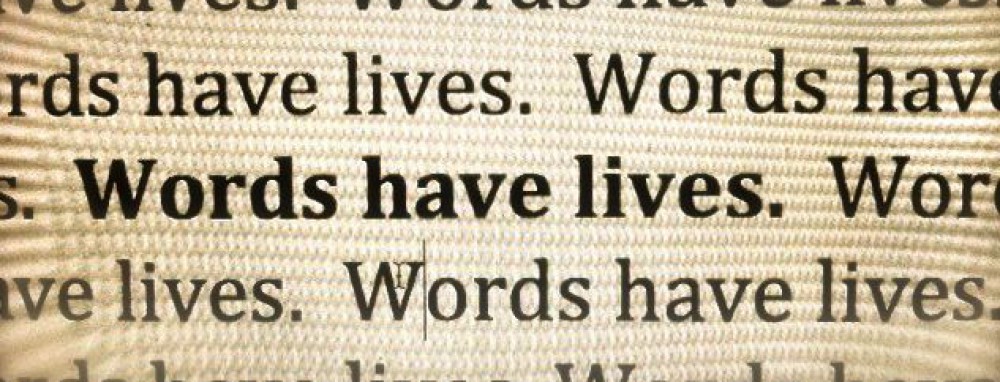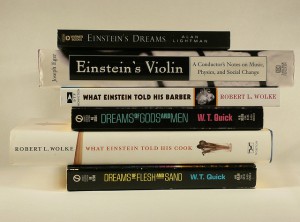
Fancy Clock 時計 of a Hairdressers Salon messed up in Traffic Signs in : City Chiba Japan by: Arjan Richter
Punctuation marks are like road signs for the reader. They tell the reader when to pause, and when to stop. They indicate when one idea ends and another one begins. Using proper punctuation in an essay can mean the difference between presenting coherent ideas and confusing your reader. So, it’s important to familiarize yourself with the proper usage of the different punctuation marks.
For basic essay writing you will have to be proficient in using periods, commas, apostrophes, and quotation marks. The period ( . ) is a dot at then end of the sentence that indicates a full stop. The comma ( , ) indicates a pause inside of the sentence.
Last night I forgot to turn on my alarm clock. So, this morning I was running late. I usually leave my house an hour before I’m scheduled to show up at my job. I got dressed quickly, hurried through breakfast, and barely had time to brush my teeth. In the end, I managed to make it to work before my boss showed up.
(Please see a previous post for an more in depth look at the use of commas.)
Quotation marks ( “ ) indicate that someone is speaking or, that we’re using someone else’s words. Using quotation marks is especially important in essay writing if we want to use someone else’s words without plagiarizing.
My mother used a lot of aphorisms when I was little. She would say, “do as I say not as I do,“ when I wanted to join her, as she was doing grown up things. At the time, I found that very annoying. She also liked to quote the Dalai Lama whenever my sister and I got into a fight. He said, “Be kind whenever possible. It is always possible.“ I think it’s good for me to remember that one.
Apostrophes indicate possession or, allow us to combine words like: can‘t (can not,) couldn‘t (could not,) won‘t (will not,) wouldn‘t (would not,) and shouldn‘t (should not.) (Please see a previous apostrophe post for an in depth tutorial on the proper use of apostrophes.)
There are also semi colons ( ; ) colons ( : ) dashes and hyphens, all of which indicate different kinds of pauses. Once you master the proper use of periods, commas, quotation marks and apostrophes, you can move on to incorporating colons, semi colons, and hyphens.
The following link contains tutorials about comas, apostrophes, quotation marks, and hyphens.
https://owl.english.purdue.edu/owl/section/1/6/







